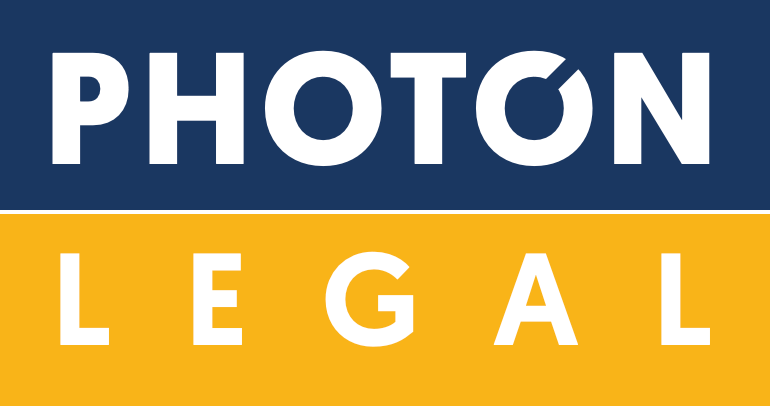Author – Amit Koshal and Prayank Khandelwal
Software testing is a quintessential part of software delivery which ensures the product is completed and delivered with top industry standards and adhering to the highest standards of quality. A strong ‘Quality assurance’ factor builds market credibility of the product or the service offered. Software technology as a whole is growing with leaps and bounds due to the technology innovations. Automation has penetrated all aspects of modern living and the software development life cycle is not left behind. With increasing agility in the software development, go to market is accelerated. Therefore, even the software testing is automated to keep pace in the market.
Growing importance and application of test automation
According to Wipro Limited’s State of Quality 2016 study, there was an 85% jump in test automation over the last two years. Agile software development is growing as a practice to meet the cost optimization, accelerated development and evolving customer requirements. Organizations at large want to undergo digital transformation as older production ways are no longer effective, be it any industry. Automating tests can help companies cut down time and costs while maintaining agility.
Automation testing and its types:
Testing is classified as functional and no-functional category and it can be further categorized as API testing, Unit testing, Regression testing, Visual testing, Crowdsourced testing, GUI testing to name a few. Automation as an aspect is about reducing the manual effort and replacing the repetitive manual effort. Some of the tools that are popularly used in the industry are Selenium, QTP, JMeter, Appium to name a few.
Forefront in Automation Testing:

Industry leaders like IBM, Siemens, Abbot, Microsoft, and Teradyne put effort and witnessed new patent techniques to scale the automated tests to a greater level. (Refer fig 1) Patents like ‘Method and apparatus for security testing of application flows that cannot be automated through HTTP replay (US10614221B2)’, ‘Accelerating human understanding of medical images by dynamic image alteration (US10600511B2)’, ‘Random feature transformation forests for automatic feature Engineering (US2020090010A1)’, by IBM proved the advancements of automation testing in almost every industrial sector. A sudden growth in the amount of open-source automation tools made available, were enough to trigger the automation companies to discover new techniques in automation testing making it easier and economical for companies to apply automation tactics. Patents like ‘Automated resonance test on multi-component components by means of pattern recognition (WO2020030364A1)’ by Siemens, ‘Systems and methods for automated capture threshold testing and associated his bundle pacing (US2020094058A1)’ by Abbot, ‘Software testing assurance through inconsistent treatment detection (WO2020068222A1)’ by Microsoft, highlight the technical advancements in the industry. This has opened a valley of opportunities for software development companies to speed up deployment and ensure that they provide top quality products to the market.
Automation testing provides a lot of cost benefit as one can increase the volume of testing and reduce the time for conducting the tests. There are innovations which allow for machine learning from the test cases and develop more intrusive testing cases. Automation tests are capable of simulating work equivalent of 100s of engineers and at the same time record minute deviations without fail. Automation testing offers precision. Automation testing offers precisely scaled machine-oriented work, which uses the practices of Test-Driven Development (TDD) and Behavior-Driven Development (BDD) framework to improve coding quality and design. Test automation can be built into a continuous delivery pipeline by continuous integration methods. Test automation enables continuous testing in the organization’s DevOps strategy. There constant need for higher accurate results from testing and this has triggered the need for innovating newer techniques into this domain. One must understand that automation testing in itself cannot be 100% relied on and that manual intervention is a must.

Patent Statistics
So far 25,061 patents have received grants and 12,314 applied patents have expired, there are still 10,324 patent applications running in the race to achieve the grant. This analysis proves that current advancements in automation testing practices are changing the dynamics of industrial processes. Such a huge quantum of patents being filed in only the quality assurance aspect of the industry highlights that there are many process areas which can be improved. Some of them are reducing the time to delivery with ensuring higher quality, continuous delivery of output, and faster code commits. These are critical aspects of reliable software delivery and therefore, leading businesses are investing in research and development of new test automation techniques to keep pace in the market and acquire a leading position.

Test Automation and Market Segmentation
Automation testing has found its application in all industry segments from manufacturing, computer peripherals, medical and dental supplies to communication equipment. Most of these segments have their share in the total number of patents filed for testing. Over the last two years, open-source tool demand has increased over commercial tools by 116% because the scalability of testing softwares. The computers and peripheral equipment sector leads with 15,494 patents. Growing awareness of the technology like cloud, mobility and analytics, market size and apparent problems in the industry has led to good amount of patent applications. To support this enthusiasm of the organizations and individuals, there have to be more accessibility of patent knowledge and simplification in the patent management processes.
With the increasing penetration of artificial intelligence and machine learning, Selenium, Katalon, studio, UFT One, TestComplete have gained a big market advantage and market share. Upcoming platforms like Webomates, offer diversity in testing and bring in more intelligence. The year 2020 will be starting a new race to establish dominance in the software testing tools and services business. There is tremendous scope of innovation as still there is dependency on manual testing.
We at Photon Legal are enabling B2B businesses establish their market niche by helping them protect their IP locally and globally. Reach out to us on photon.ip@photonlegal.com.
Source : https://testsigma.com/blog/ai-driven-test-automation/

